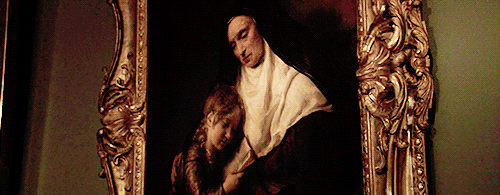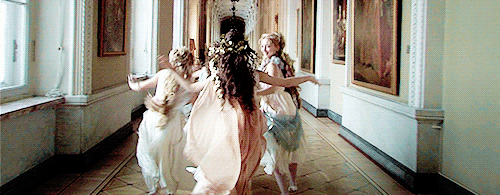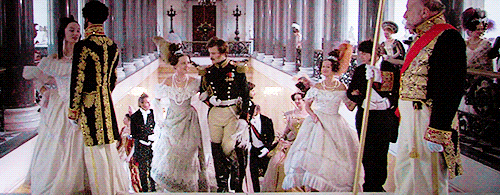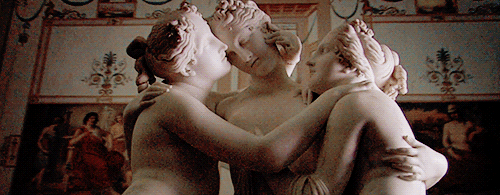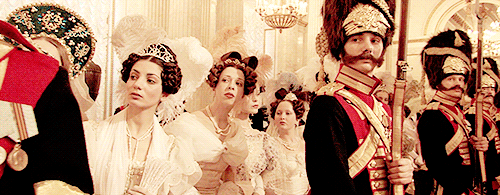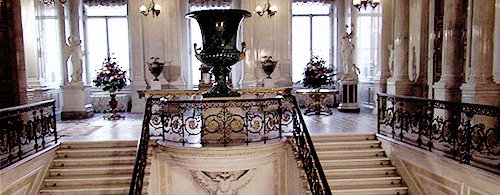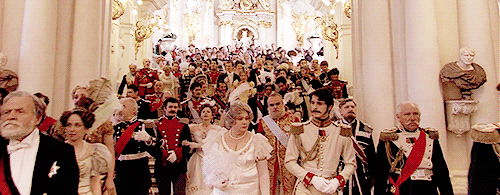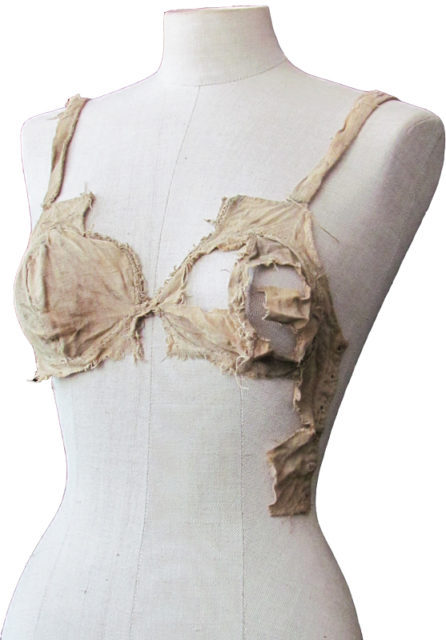Photo



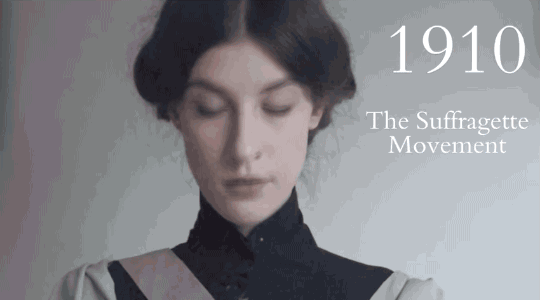

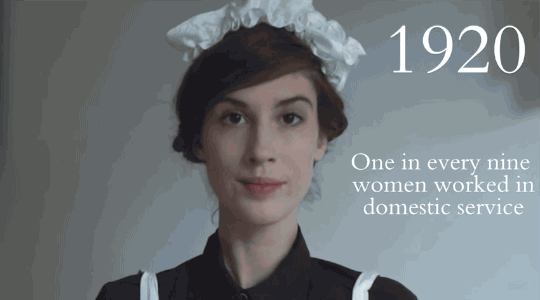
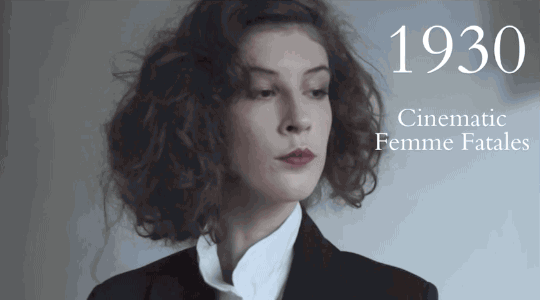

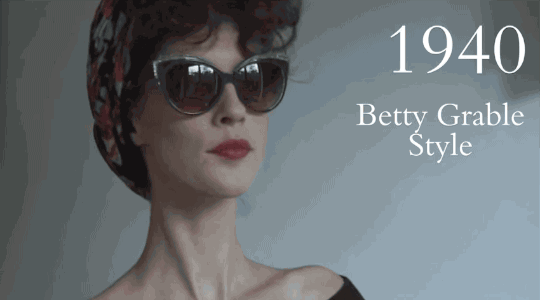

One Haunting Video Shows “Beauty Through The Decades” In New Light
Karolina Żebrowska’s “Beauty Through The Ages” video shows not only on the glamorized versions of women but also the real, middle and lower class women as they lived in the past century.
READ MORE
GIFS VIA.
188K notes
·
View notes
Photo

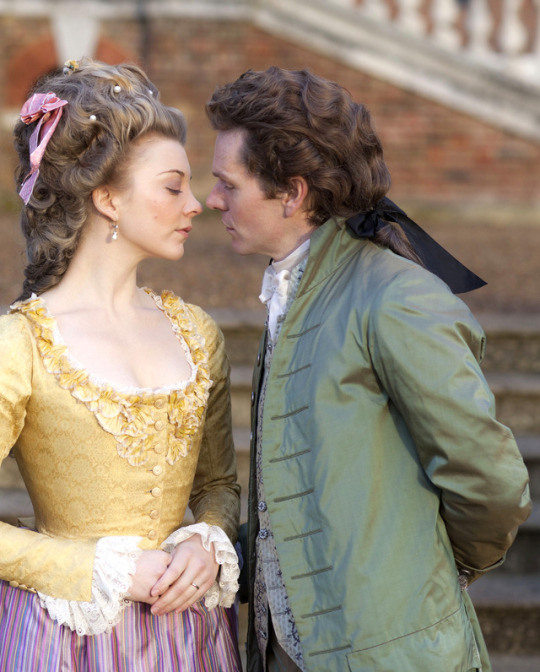
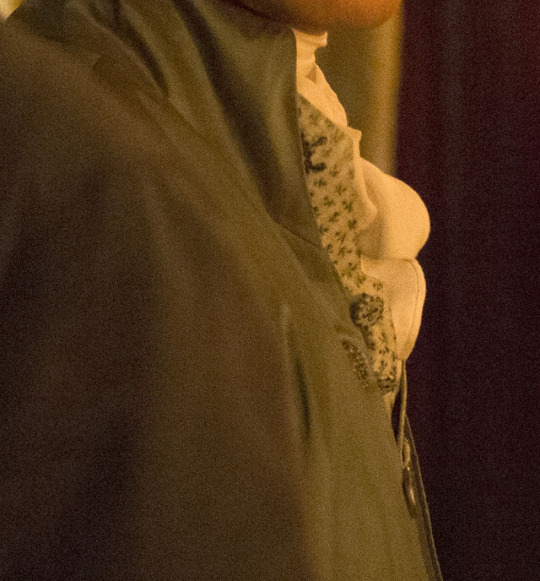


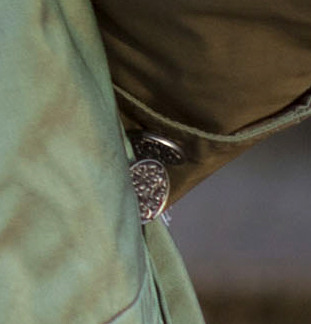
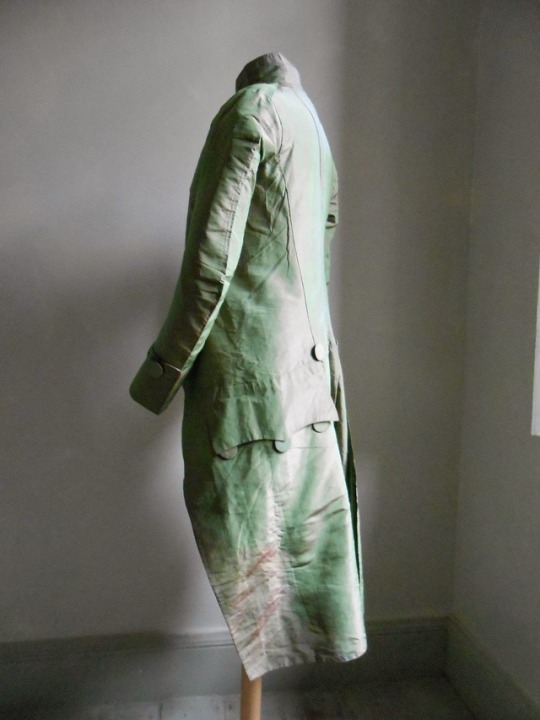

Who wore it better?
This pale green silk taffeta coat with large metal buttons and the cream waistcoat embroidered with silver spangles and silver thread was worn first by Shaun Evans as Sir Richard Worsley in the 2015 film The Scandalous Lady W starring Natalie Dormer in the title role (pictures on the right side).
It appeared again on Jack Farthing as George Warleggan in season 2, episode 9 of Poldark, where the character attends a ball (pictures on the left).
Since I loved the green coat on George, I would recognize it anywhere. Its appearance in The scandalous lady is just as brief, but one glimpse at the buttons and the waistcoat and I knew it was the same. Personally I think George wore it better ;-)
Since many costumes from Poldark were hired from Cosprop, it’s likely that this green coat was among them. I’ll watch out for it in other period movies, but so far I haven’t yet seen it in any of the classical candidates.
The inspiration for this coat may have been the pale green French coat, c. 1790, in the last two pictures, which was offered for sale on ebay a few years ago.
#poldark#george warleggan#poldark costumes#the scandalous lady w#jack farthing#shaun evans#period costumes#18th century costumes#18th century fashion#movie costumes#film costumes#recycled movie costumes
39 notes
·
View notes
Photo
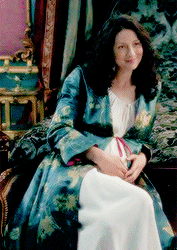
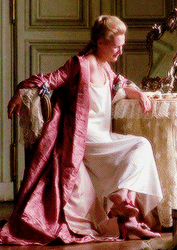
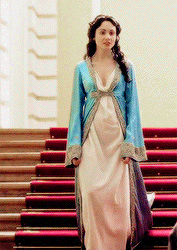
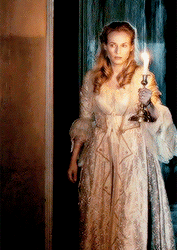
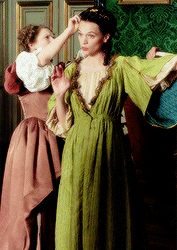

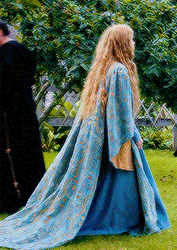
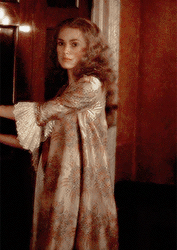
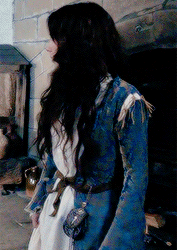
COSTUME SERIES: Women’s dressing gowns/robes [part ½]
2K notes
·
View notes
Photo

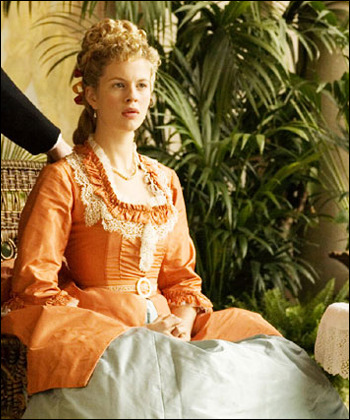
This striking orange and blue Victorian gown was first seen in Daniel Deronda in 2002. It was spotted on Romola Garai as Gwendolen Harleth. It was used again in 2007 in The Shadow in the North, where it was seen on Georgia King as Lady Mary.
Costume Credit: Charity
E-mail Submissions: [email protected]
Follow: Website | Twitter | Facebook | Pinterest
Note: This sighting has been re-blogged from an older posting, as I am out of town. New sightings will begin again on August 5th.
143 notes
·
View notes
Photo
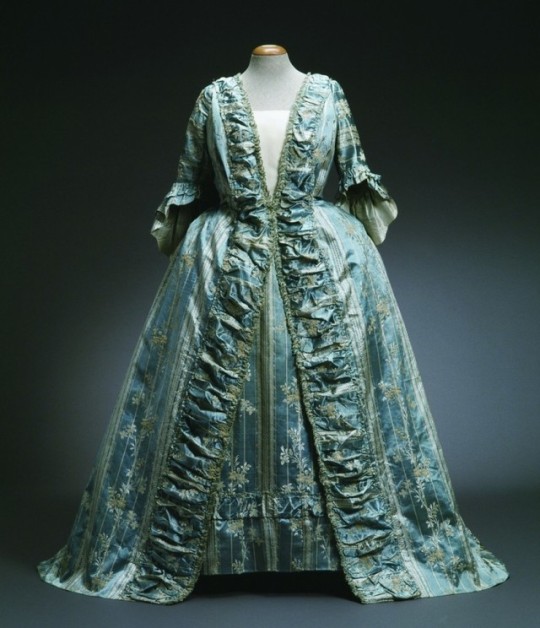
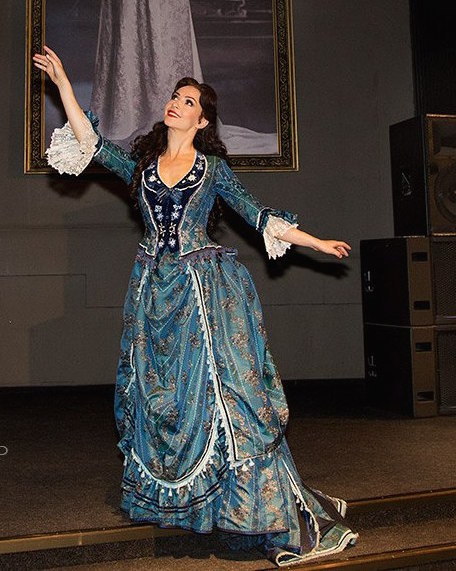



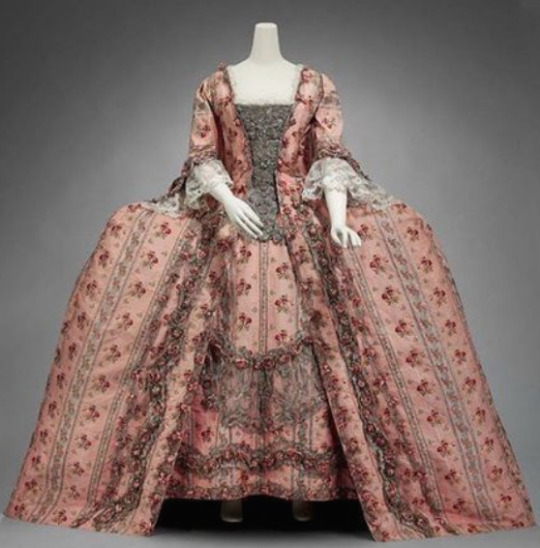
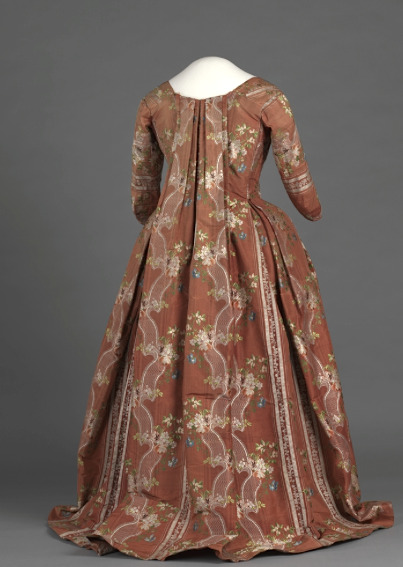
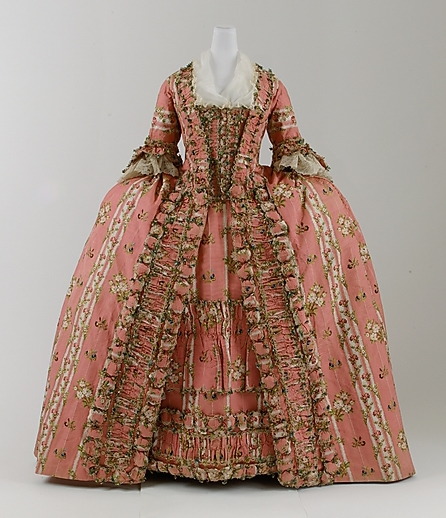
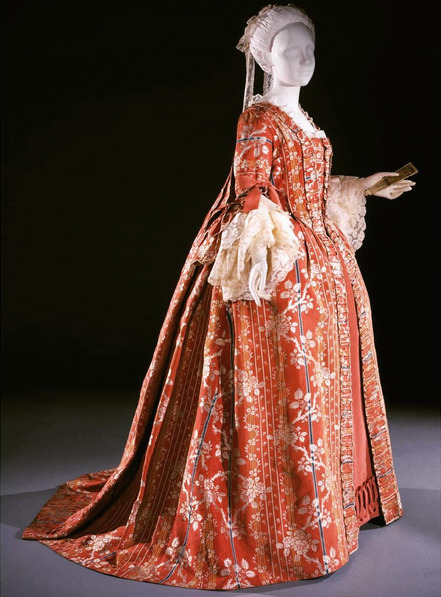
The Wishing fabric, designed by a husband-and-wife team in the UK, has been used for Christine’s blue Wishing dress since 1986, and is still in use. It has also been used in other movies and TV series; for example in Dangerous Liaisons (1988), The Piano (1993), Forsyte Saga (2002) and Lincoln (2012).
But the inspiration is floral/stripy fabrics from the mid and late 18th century, where this style was at its height. The Rococo fabrics were woven with threads in different colours, and usually featured alternating stripes and floral girlands or ranks of flower. Red/rust/pink is reoccuring colours, but blye, green and white was also popular. The mid/late 19th century got a Rococo revival in art, architecture and fashion, the latter sparked by designer Worth, which is why this type of fabric also got a revival, and why it appears in Christine’s Wishing dress.
Here’s some examples (credit in captions), along with the Wishing fabric.
141 notes
·
View notes
Photo
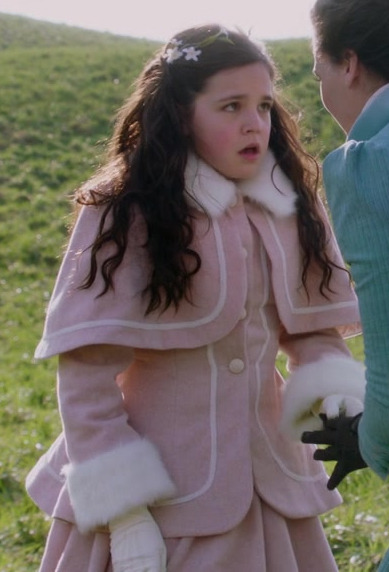
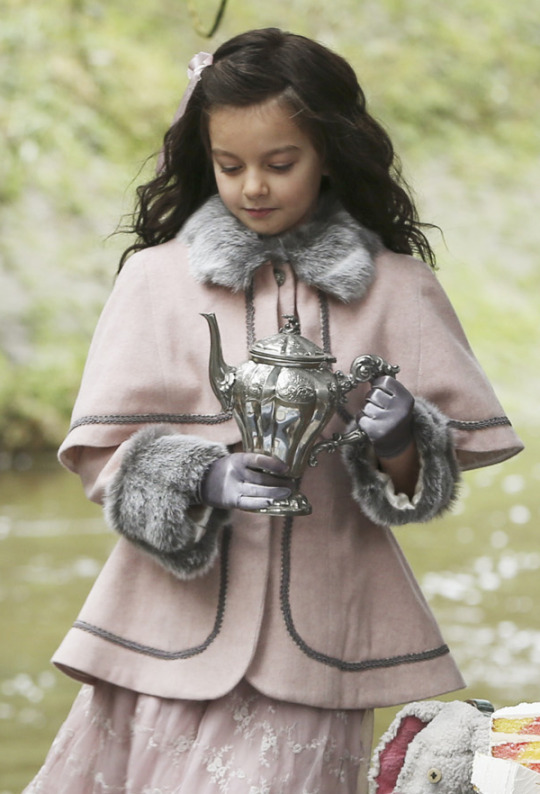
ABC’s short lived Once Upon a Time in Wonderland had several instances of costume and prop re-use. This belt is a great example.
This pretty pink coat was first seen on Bailee Madison as Young Snow White in the 2012Once Upon a Time first season episode The Stable Boy. The coat was re-worked for use again in 2014 the Once Upon a Time In Wonderland episode And They Lived…, where it appeared on Amelia Wilkinson as Alice’s Daughter. The fur on the sleeves and the collar have been switched out, and the trim has also been removed and replaced to give the costume a different look.
Costume Credit: Ann-Mari
E-mail Submissions: [email protected]
Follow: Website | Twitter | Facebook | Pinterest
190 notes
·
View notes
Photo


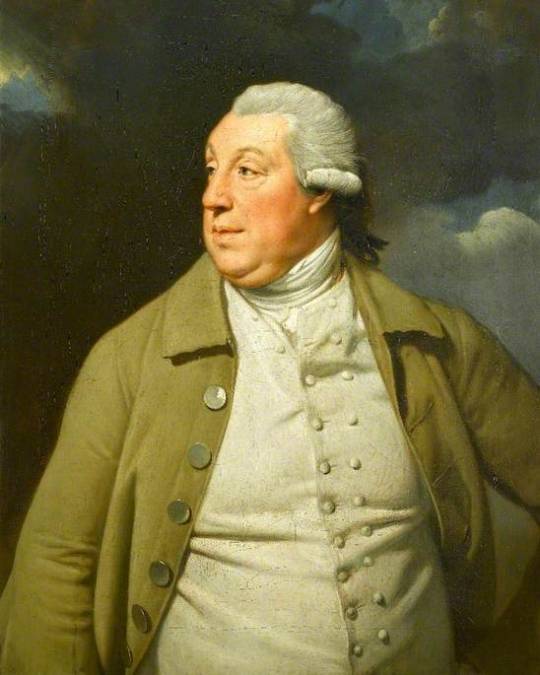
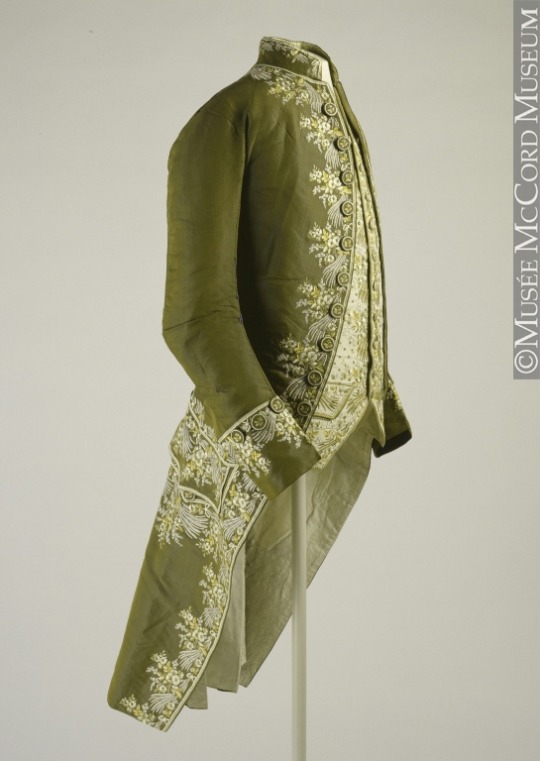
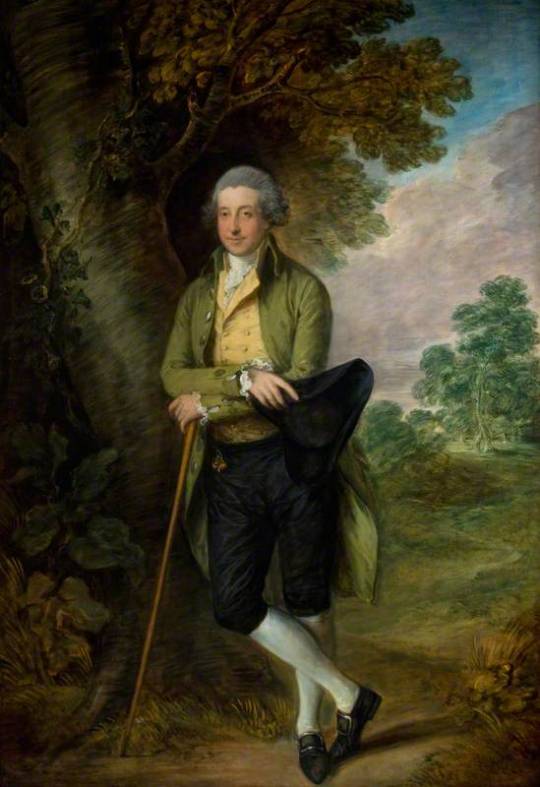
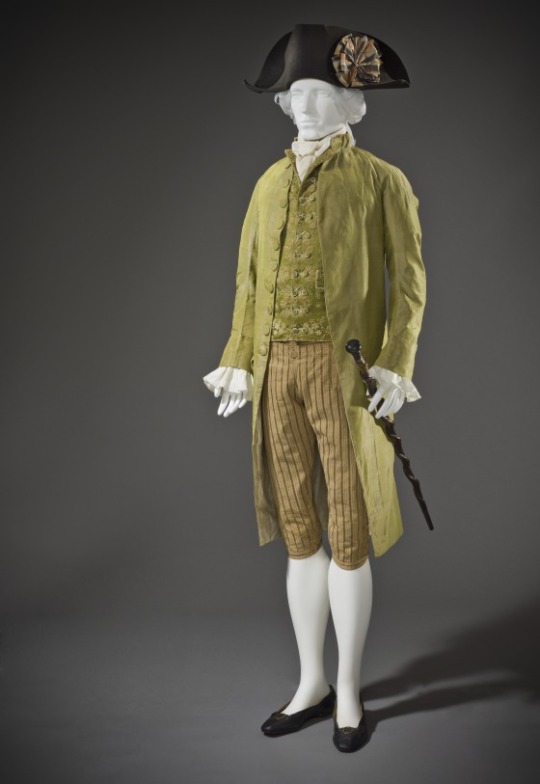
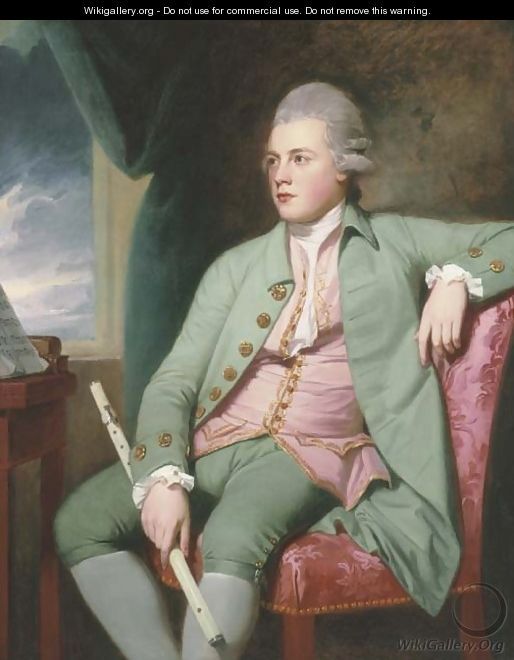

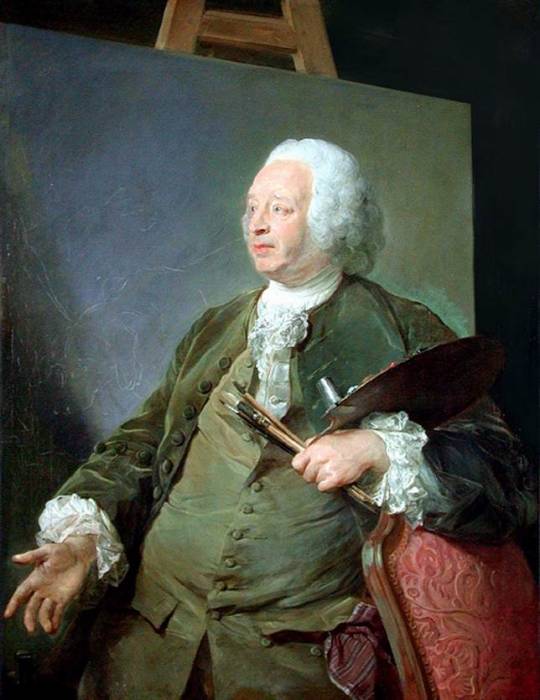
Green Suits
I was thinking about that green suit from the LACMA we all love (remember that post?) and decided that green menswear is rather pretty (especially when mixed with pink).
Photos from top:
“Portrait of a Gentleman said to be Earl Grey”, George Romney.
Lime green three-piece suit, made in Italy, ca. 1770, LACMA.
“Jacob Wilkinson, a Governor of the East India Company”, Johann Zoffany.
Coat and waistcoat, ca. 1775, McCord Museum.
“Arthur Chichester, 1st Marquess of Donegall”, ca. 1790, Thomas Gainsborough.
Green coat, ca. 1790, LACMA.
“Portrait of Francis Lind”, George Romney.
“A Conversation (The Artist’s Brothers, Peter and James Romney)” detail, 1766, George Romney.
“Portrait of Jean-Baptiste Oudry”, 1753, Jean-Baptiste Perronneau.
197 notes
·
View notes
Photo
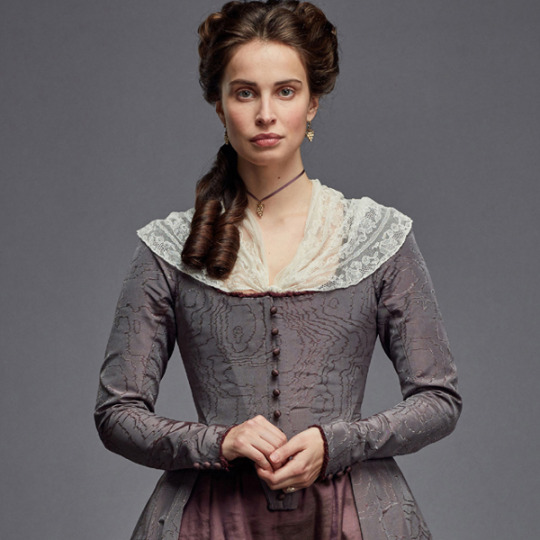


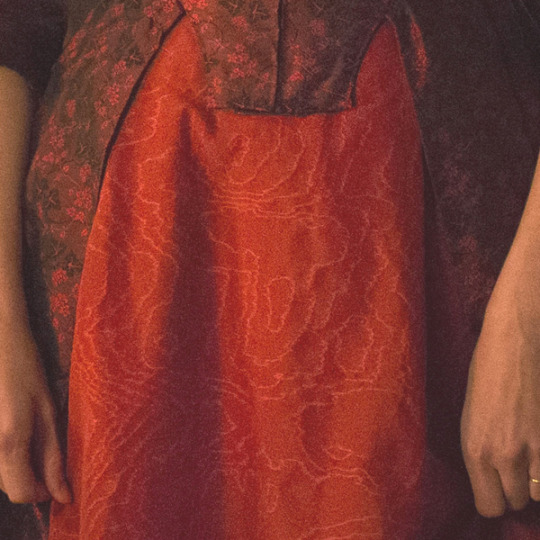
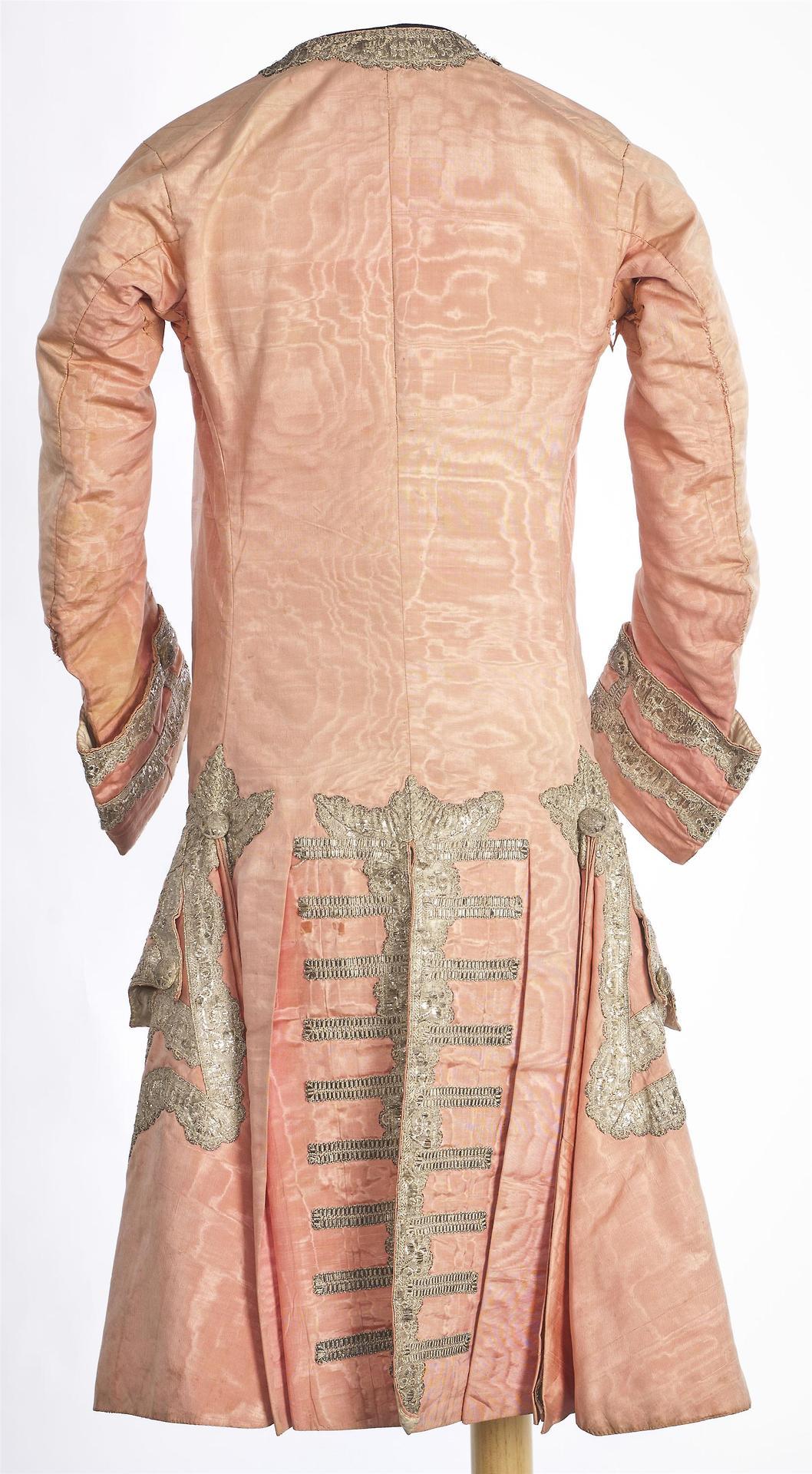
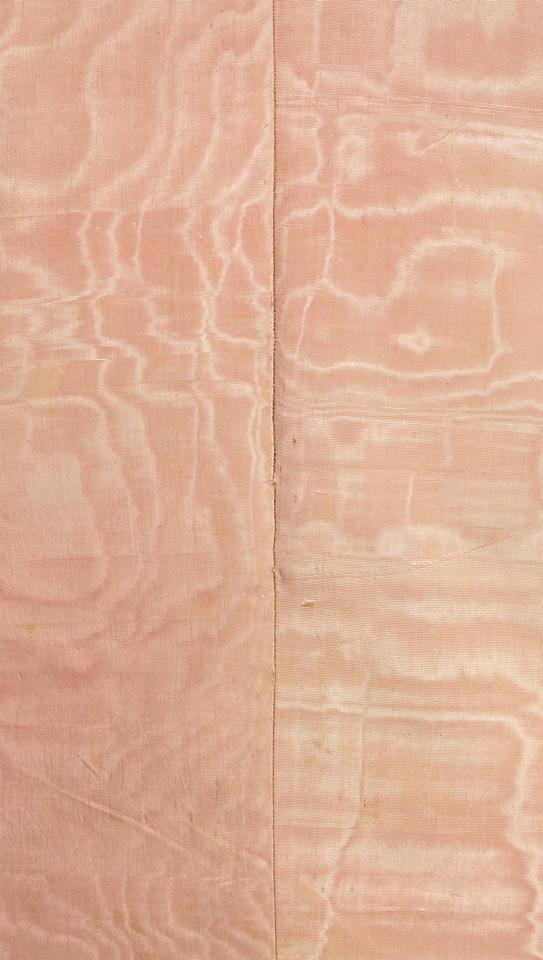
Since I promised to talka bit about textures and fabrics a while ago, I figured I might just as well start with this example.
We see this patterned fabric on both Demelza’s red ball gown from season 2, and on a dusky plum gown that Elizabeth wears in season 3. In Demelza’s case, the fabric has been used for the petticoat (i.e. underskirt) while in Elizabeth’s dress, the overgown is made of this fabric.
A third dress uses this fabric, Elizabeth’s plum-and-berry striped robe à l’Anglaise (about which I’ll talk in a separate post at some point).

If you look closely, both the petticoat as well as the striped overgown are made of this fabric.
The pattern is called a moiré effect, also called watered or watermarked, and is mostly done in silk fabrics, although it is possible to treat other fibres with this effect as well. Today, moiré almost always means silk. It is produced using stiffer, thicker silk fabrics such as grosgrain, taffeta, or any other kind of ribbed silk, als the ribs will hold the pattern better. A process called calendering in which the damp fabric is folded, pressed, and treated with spiked rollers creates the signature ‘watermarked’ effect by flattening the warp threads while shifting the weft threads slightly out of place.
Moiré has a very distinctive feel to it, stiff, papery, with a matte luster. Only fabric that went through calendering is considered true moiré, although there are a number of other techniques to achieve the desired effect. Funnily enough, getting the fabric in contact with water removes the effect entirely, which is why moiré items cannot be washed. It was therefore seldom used for complete dresses in the 18th century but rather for accessories such as sashes, ribbons, shoes, or for outer wear such as men’s coats or this rare example of a woman’s ‘greatcoat’ (despite the word ‘coat’, both garments would not have been exposed to the elements).
Every form of treatment puts the fibres under stress. Moiré tends to become brittle over time, which is why only few moiré garments from the 18th century have survived. Moiré became more popular in the 19th century as fashions became more widely and readily available and cleaning methods advanced. By the end of the 19th century it was almost exclusively used for mourning wear.
Today, real moiré silk is hard to come by and expensive. It is still used in traditional folk costumes, for example as ribbons adorning hats in various parts of Germany and Austria.
The fabric used in the Poldark gowns has not been calendered, but is instead a woven pattern resembling moiré watermarks - you can tell from both the fabric’s duller shine as well as from the more defined edges the ‘watermarks’ have: they appear jagged and very defined, while in real moiré the edges are softer, like true waterstains. Also, the pattern repeat is not as random as it would be if this fabric were real silk moiré. Most likely, the Poldark fabric is a synthethic fibre that was mass produced in larger quantities either specifically for Poldark, or a large quantity was purchased by the costume department. Silk this heavy would also be far too noisy for the cameras.
Real moiré is such a unique fabric treatment, it’s instantly recognizable even from pictures, as you can see from the example of the pale pink ca. 1750 - 1760s men’s coat above, from the Imatex collection, which would fit a description of a coat George Warleggan wears in the novels:
It was hardly credible that a single generation divided a tough, gnarled old man who sat in a cottage in his shirt sleeves and chewed tobacco and could barely write his name from this cultured young man in a new-fashioned tight-cut pink coat with buff lapels, a pink waistcoat with gold buttons, and buff nankeen trousers.
#poldark#poldark fashion#demelza carne#elizabeth chynoweth#18th century fashion#18th century fabrics#textiles#costume design#moiré#silk#poldark spoilers#poldark season 3
11 notes
·
View notes
Photo





This Elizabethan collar was made for the 2005 production The Virgin Queen, in which all of Anne Marie Duff’s costumes were custom made for her. It went on to be used again in 2007 in Doctor Who on Angela Pleasence as Queen Elizabeth I in the episode The Shakespeare Code. It was seen again in 2007 on Rupert Everett as Mrs.Fritton in St.Trinian’s. The collar was used again in an ad for LKXA Youth Bank on an uncredited model. It was seen again most recently in 2013 on Beyonce in a television ad for O2 Priority, which you can view here.
Costume Credit: Anna, Katie S., Julia
E-mail Submissions: [email protected]
Follow: Website | Twitter | Facebook | Pinterest
Note: This post has been re-blogged from our archives due to the holiday. New updates will resume next week.
609 notes
·
View notes
Photo
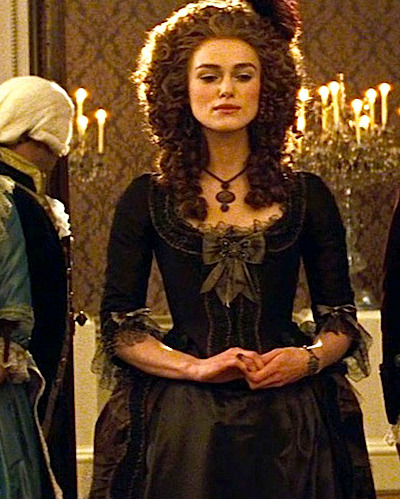
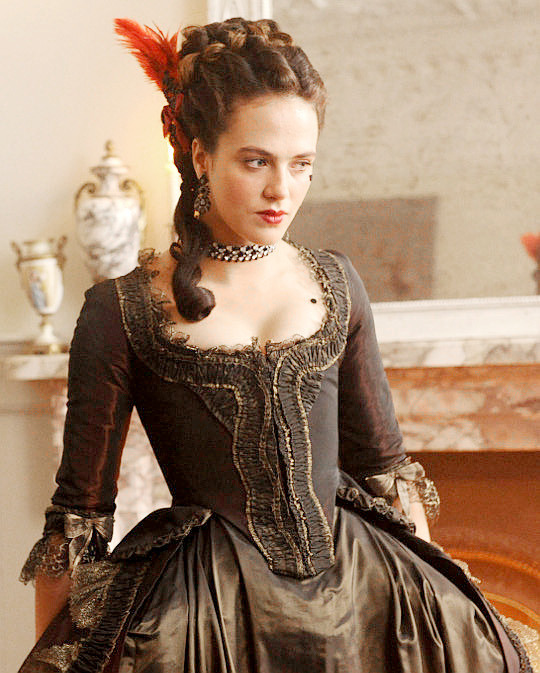
This lovely brown gown was first seen on Kiera Knightley as Georgiana in the 2008 film The Duchess. The costume was seen again most recently in 2017 in Hulu’s Harlots, where it appeared on Jessica Brown Findlay as Charlotte Wells.
Costume Credit: Frock Flicks, Melanie
E-mail Submissions: [email protected]
Follow: Website | Twitter | Facebook | Pinterest
388 notes
·
View notes
Photo
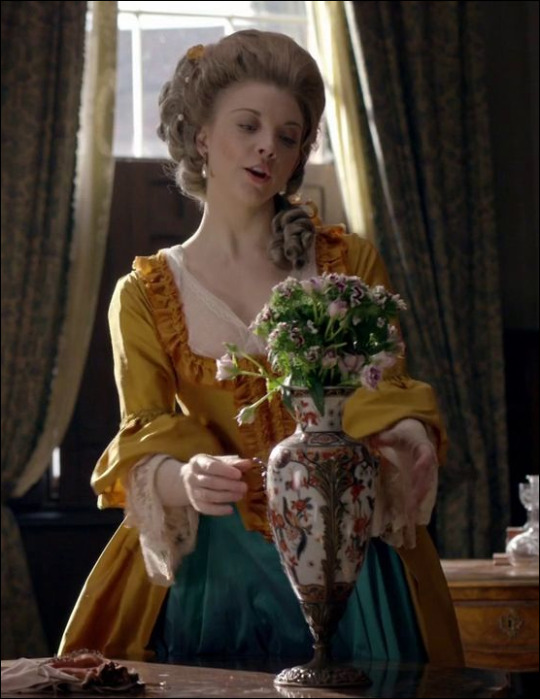
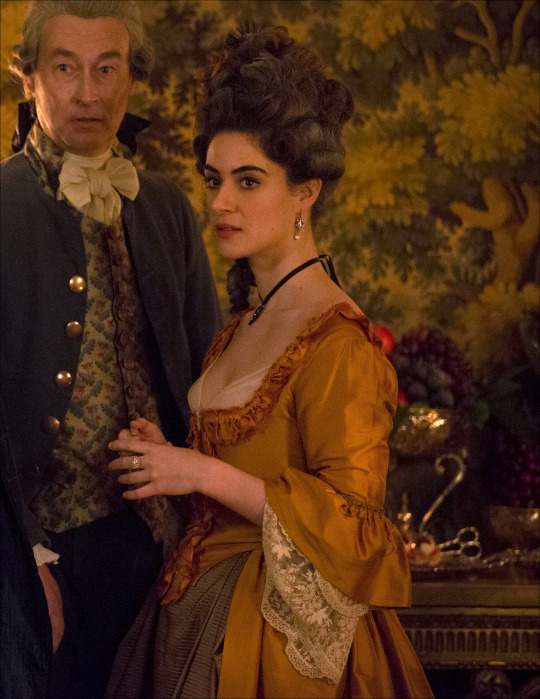
This bright gown was first seen on Natalie Dormer as Seymour Worsley in the 2015 production The Scandalous Lady W. The gown was used again with a different petticoat in the 2016 second season of Poldark, where it was worn on Crystal Leaity as Margaret.
Costume Credit: Anna
E-mail Submissions: [email protected]
Follow: Website | Twitter | Facebook | Pinterest
221 notes
·
View notes
Photo

Art in Film
May's archery dress from 'Age of Innoncence' (1993)
vs.
William Powell Frith, 'English Archers', 1872.
#art in film#fashion#fashion in art#historical fashion#19th century fashion#19th#film costumes#age of innocence#William Powell Frith#painting
4 notes
·
View notes
Link
That’s because this is a movie costume.
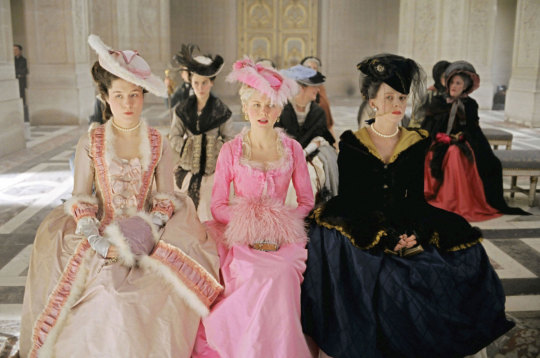
Marie Antoinette, 2006.
Worn by Maria Nighy as Princesse de Lamballe (left). They photographed it on a mannequin, too, which is where the photo in the original link is from. Kudos for making it look almost like a real gown from the time. But while the shape and especially the ruched trim look very true to extant examples from the 1770s - 1780s, the fur and the large puffy bows give it away as a repro.
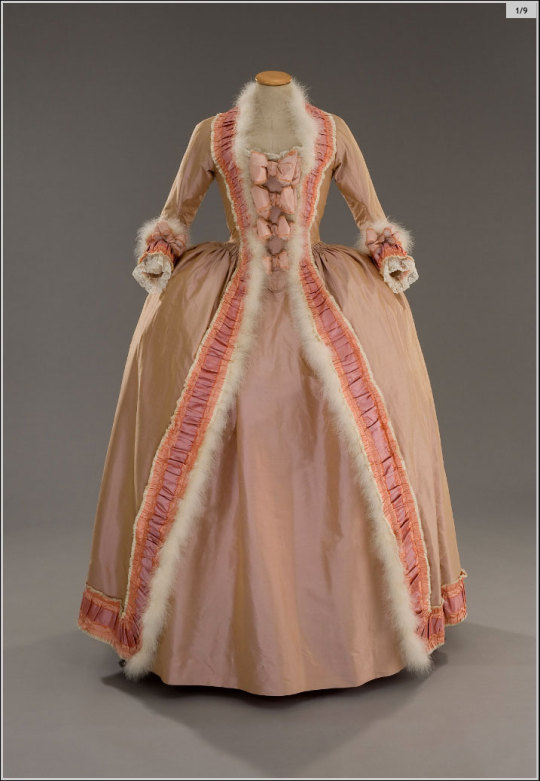
Scroll down this page to see more pictures of the gown.
I’ve never seen a fur trimmed open robe before.
#movie costume#marie antoinette#film#historical fashion#period fashion#historical costumes#18th century fashion#open robe#robe a l'anglaise#18th
3 notes
·
View notes
Photo

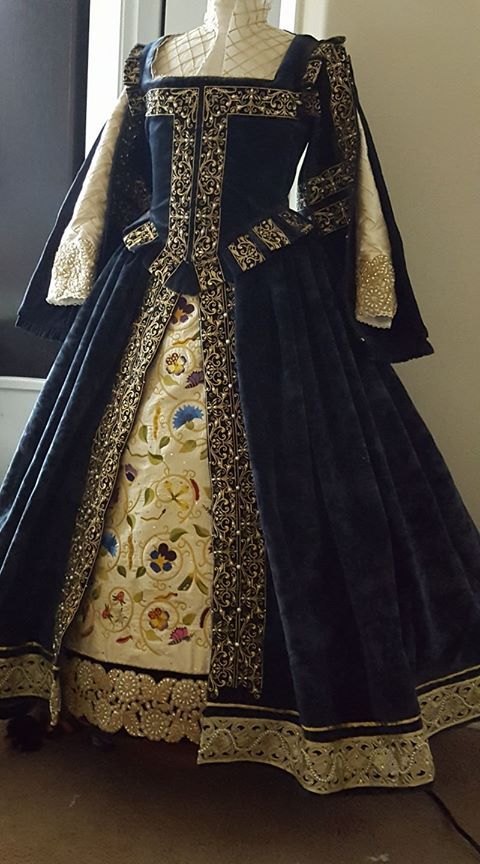
My newest commission!
DesignsFromTime - Etsy
#I am head over heels in love with this#so beautiful#it looks like an original#excellent craftsmanship there#stunning recreation#elizabethan fashion#period fashion#recreations#ten turty tursday is queue time#a fookin' child knows that#blue in a queue#fili! kili! watch the queue!#I'm not really here
1K notes
·
View notes
Photo
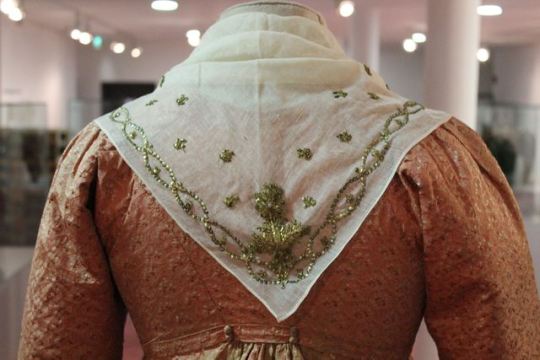
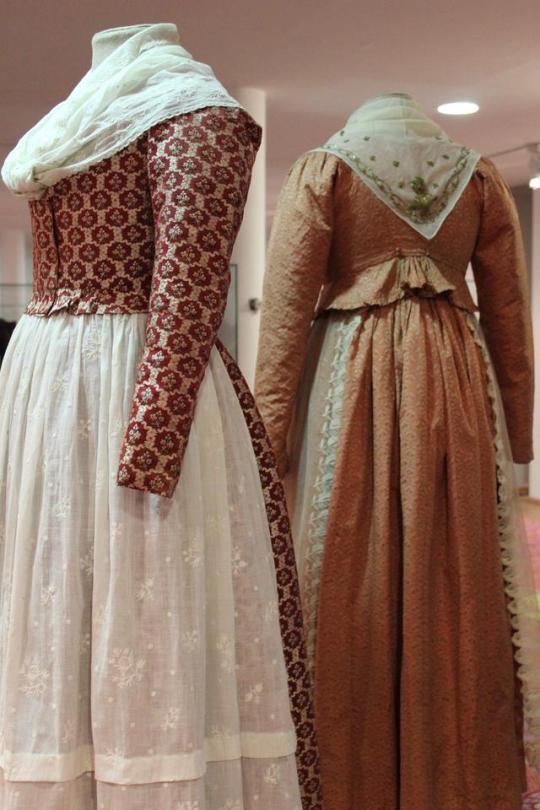


Some impressions from the most recent exhibition I worked on: Rural vs. city fashion from the 18th to the 20th century. The dresses and gentleman's vest date to 1810, the blue wedding dress is almost a full decade younger, from 1909.
#my work#exhibition#fashion exhibition#period fashion#historical fashion#18th century fashion#19th century fashion#18th#19th
1 note
·
View note

